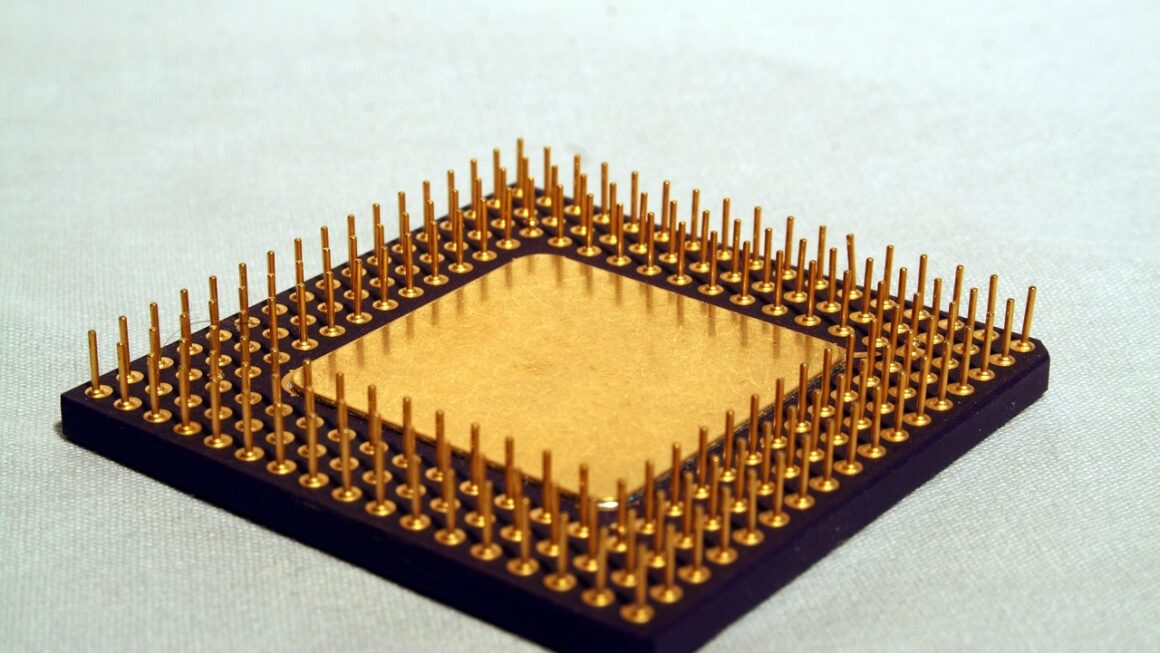Imagine a world where digital information seamlessly overlays your reality, enhancing how you work, learn, and connect. Augmented Reality (AR) glasses are bringing this vision closer to becoming a tangible experience. While still evolving, AR glasses are poised to revolutionize various industries and our daily lives, blurring the lines between the physical and digital realms. This blog post explores the current state of AR glasses, their potential applications, challenges, and the exciting future they promise.
What are AR Glasses?
Defining Augmented Reality Glasses
AR glasses, at their core, are wearable devices that overlay computer-generated images onto the user’s view of the real world. Unlike Virtual Reality (VR) headsets, which completely immerse the user in a virtual environment, AR glasses augment reality by adding digital elements to it. Think of it as having a transparent computer screen positioned in front of your eyes, displaying relevant information, interactive elements, and even virtual objects.
Key Components of AR Glasses
The functionality of AR glasses relies on a sophisticated combination of hardware and software components:
- Display Technology: This is the core of the AR experience. Current technologies include:
Optical See-Through: These glasses use prisms or partially reflective mirrors to project images onto the user’s view. They offer a wide field of view but can suffer from image brightness issues in bright environments. Microsoft’s HoloLens 2 uses this technology.
Video See-Through: These glasses use cameras to capture the real world and then combine it with computer-generated images on a display screen. This allows for better control over image quality and integration but can introduce latency (delay) and narrow field of view.
- Sensors and Cameras: These components capture data about the user’s environment, including depth, motion, and object recognition. This data is crucial for accurately overlaying digital content onto the real world. Common sensors include:
Cameras: Used for video capture and object recognition.
Inertial Measurement Units (IMUs): Track head movements and orientation.
* Depth Sensors: Measure the distance to objects in the environment, enabling realistic placement of virtual objects. LiDAR is a common example.
- Processing Unit: A powerful processor is needed to handle the complex computations required for AR applications, including image processing, object tracking, and rendering.
- Connectivity: AR glasses typically connect to smartphones, computers, or the cloud via Wi-Fi or Bluetooth for data processing, content delivery, and software updates.
- Power Source: Battery life remains a significant challenge for AR glasses. Efficient power management is essential for providing a useful and enjoyable user experience.
Potential Applications of AR Glasses
Enterprise and Industrial Use Cases
AR glasses are already making significant inroads into enterprise applications, offering a range of benefits for businesses and industries:
- Remote Assistance: Experts can remotely guide technicians in the field, providing step-by-step instructions and real-time support via AR overlays. For example, a field technician repairing complex machinery can receive visual guidance from a remote expert, significantly reducing downtime and improving efficiency. Companies like RealWear and TeamViewer are active in this area.
- Training and Simulation: AR glasses can create immersive training simulations for employees, allowing them to practice complex tasks in a safe and controlled environment. Pilots, surgeons, and factory workers can benefit from realistic simulations using AR.
- Logistics and Warehousing: AR glasses can streamline warehouse operations by providing real-time instructions for picking, packing, and shipping orders. This can improve accuracy and reduce errors. DHL has reported significant improvements in warehouse efficiency using AR glasses for order picking.
- Design and Engineering: AR glasses allow designers and engineers to visualize 3D models in a real-world context, facilitating collaboration and improving design accuracy. Architects can use AR to overlay building designs onto existing sites, providing clients with a realistic view of the finished product.
Consumer Applications
While enterprise applications are leading the way, consumer AR glasses are also gaining traction, promising exciting possibilities for entertainment, communication, and everyday tasks:
- Gaming and Entertainment: AR games can bring virtual characters and environments into the real world, creating immersive and interactive gaming experiences. Imagine playing a strategy game where the battlefield is your living room floor. Pokemon Go was an early example of AR gaming, and more sophisticated AR gaming experiences are on the horizon.
- Navigation and Information: AR glasses can provide real-time directions, display points of interest, and offer contextual information about the user’s surroundings. Walking through a city and seeing historical information overlaid on buildings is a practical example.
- Social Interaction: AR glasses can enhance social interactions by providing information about the people you are meeting, translating languages in real-time, and enabling immersive virtual experiences.
- Shopping and Retail: AR glasses can allow customers to virtually try on clothes, visualize furniture in their homes, and access product information in a more engaging way. IKEA’s AR app, which allows users to visualize furniture in their homes before purchasing, is an early example.
Challenges and Limitations
Technical Hurdles
Despite their potential, AR glasses face several technical challenges that need to be addressed:
- Field of View (FOV): Many current AR glasses have a limited field of view, which can make the AR experience feel restrictive and unnatural. Expanding the FOV is crucial for creating a more immersive and comfortable experience.
- Display Quality: Achieving high-resolution, bright, and clear displays is essential for a compelling AR experience. Current displays can suffer from issues like low brightness, distortion, and limited color range.
- Processing Power: AR applications require significant processing power, which can lead to overheating and battery drain. Developing more efficient processors and optimizing software is crucial.
- Battery Life: Battery life remains a significant limitation for AR glasses. Users need to be able to use the glasses for extended periods without needing to recharge frequently.
- Form Factor: Current AR glasses can be bulky and uncomfortable to wear for extended periods. Making them more lightweight, stylish, and ergonomic is important for mass adoption.
Social and Ethical Considerations
Beyond the technical challenges, there are also social and ethical considerations that need to be addressed:
- Privacy: AR glasses equipped with cameras and sensors raise concerns about privacy, as they can potentially record and collect data about the user’s surroundings. Clear privacy policies and robust security measures are essential.
- Social Acceptance: The widespread adoption of AR glasses will depend on social acceptance. Concerns about looking “uncool” or being perceived as anti-social could hinder adoption.
- Digital Divide: The cost of AR glasses could create a digital divide, limiting access to the technology for certain segments of the population.
- Safety: AR overlays could potentially distract users and lead to accidents, especially in situations where attention is critical, such as driving or operating machinery.
The Future of AR Glasses
Technological Advancements
The future of AR glasses looks promising, with ongoing advancements in key areas:
- Display Technology: New display technologies like microLED and holographic displays are expected to improve image quality, brightness, and field of view.
- Processing Power: Advances in mobile processors and edge computing will enable more complex and immersive AR experiences.
- AI and Machine Learning: AI and machine learning will play a crucial role in improving object recognition, scene understanding, and user interaction.
- 5G Connectivity: Faster and more reliable 5G connectivity will enable seamless streaming of AR content and real-time collaboration.
Expected Trends
Several key trends are expected to shape the future of AR glasses:
- Miniaturization: AR glasses will become smaller, lighter, and more stylish, resembling regular eyeglasses.
- Integration with AI Assistants: AR glasses will seamlessly integrate with AI assistants like Siri and Alexa, providing hands-free access to information and control over devices.
- Augmented Commerce: AR glasses will transform the shopping experience, allowing customers to virtually try on clothes, visualize products in their homes, and access personalized recommendations.
- AR-Enabled Education: AR glasses will revolutionize education by creating immersive learning experiences and providing personalized instruction.
Conclusion
Augmented Reality glasses represent a significant step towards a future where digital information is seamlessly integrated with our physical world. While challenges remain, the potential benefits for various industries and aspects of our lives are immense. As technology continues to evolve and costs decrease, AR glasses are poised to become an increasingly ubiquitous part of our daily routines, transforming how we work, learn, communicate, and interact with the world around us. The key to successful adoption lies in addressing the technical limitations and ethical concerns, paving the way for a truly augmented future.




